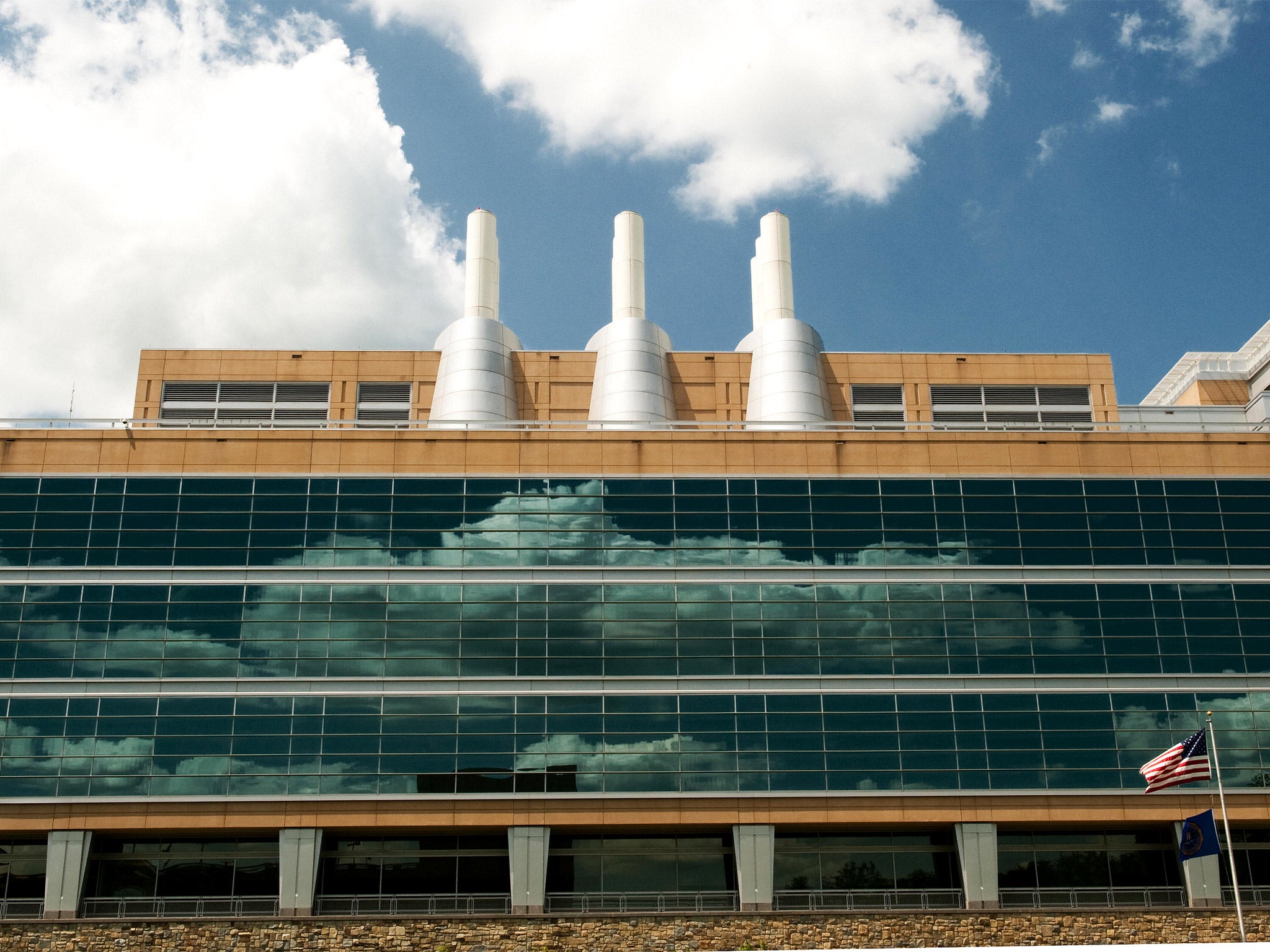Boston bombing: Real-life CSI lab moves in to pick up the pieces

Your support helps us to tell the story
From reproductive rights to climate change to Big Tech, The Independent is on the ground when the story is developing. Whether it's investigating the financials of Elon Musk's pro-Trump PAC or producing our latest documentary, 'The A Word', which shines a light on the American women fighting for reproductive rights, we know how important it is to parse out the facts from the messaging.
At such a critical moment in US history, we need reporters on the ground. Your donation allows us to keep sending journalists to speak to both sides of the story.
The Independent is trusted by Americans across the entire political spectrum. And unlike many other quality news outlets, we choose not to lock Americans out of our reporting and analysis with paywalls. We believe quality journalism should be available to everyone, paid for by those who can afford it.
Your support makes all the difference.As he briefed reporters in Boston on Tuesday afternoon, FBI special agent Richard DesLauriers detailed some of the physical clues the authorities had found during their investigation into Monday's bomb attacks: "Pieces of black nylon, which could be from a backpack, fragments of BBs [ball bearings] and nails, possibly contained in a pressure cooker device."
The task of turning those clues into answers now falls to the FBI laboratory in Quantico, Virginia, the state-of-the-art facility that inspired the television series CSI: Crime Scene Investigation.
When the FBI founded its first crime lab in Washington in 1932, it had just one member of staff: a handwriting analysis expert named Charles Appel. Two years later, Appel identified the Lindbergh baby's kidnapper and killer by matching his writing to the ransom notes. The lab went on to play a crucial role in all of the Bureau's biggest cases, including the JFK assassination in 1963, the Lockerbie bombing in 1988 and the 9/11 attacks in 2001.
Now, about 500 experts work at the lab, as well as travelling the globe. According to its website: "The men and women of the FBI Laboratory are dedicated to using the rigors of science to protect and defend the nation."
Much of the evidence to be examined in this case is shrapnel extracted from the victims. Donald Stern, a former US attorney, told Boston radio station WBUR: "Some of these cases get solved with a stray wire or a stray piece of metal or a label on a timing device. It's sometimes the smallest piece of evidence that is a pointer and leads to clues which then can lead back to the perpetrator."
Join our commenting forum
Join thought-provoking conversations, follow other Independent readers and see their replies
Comments